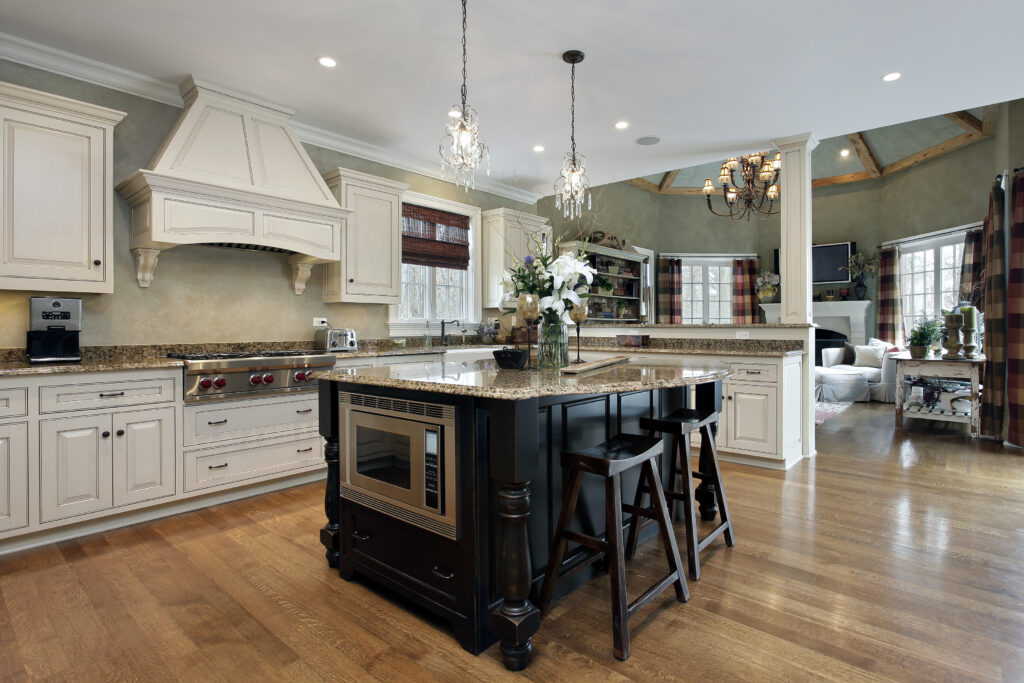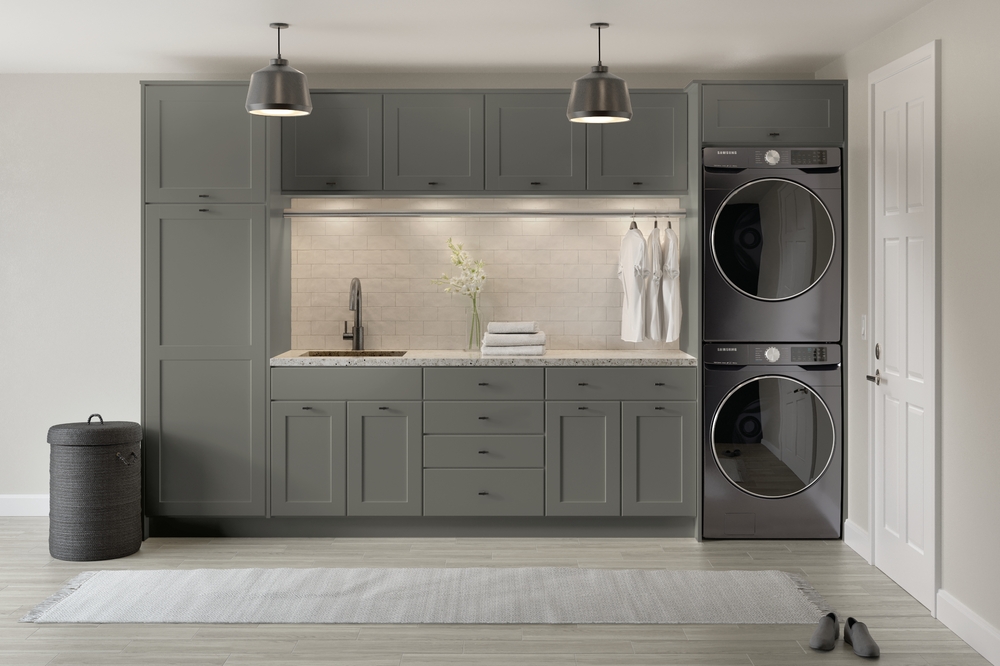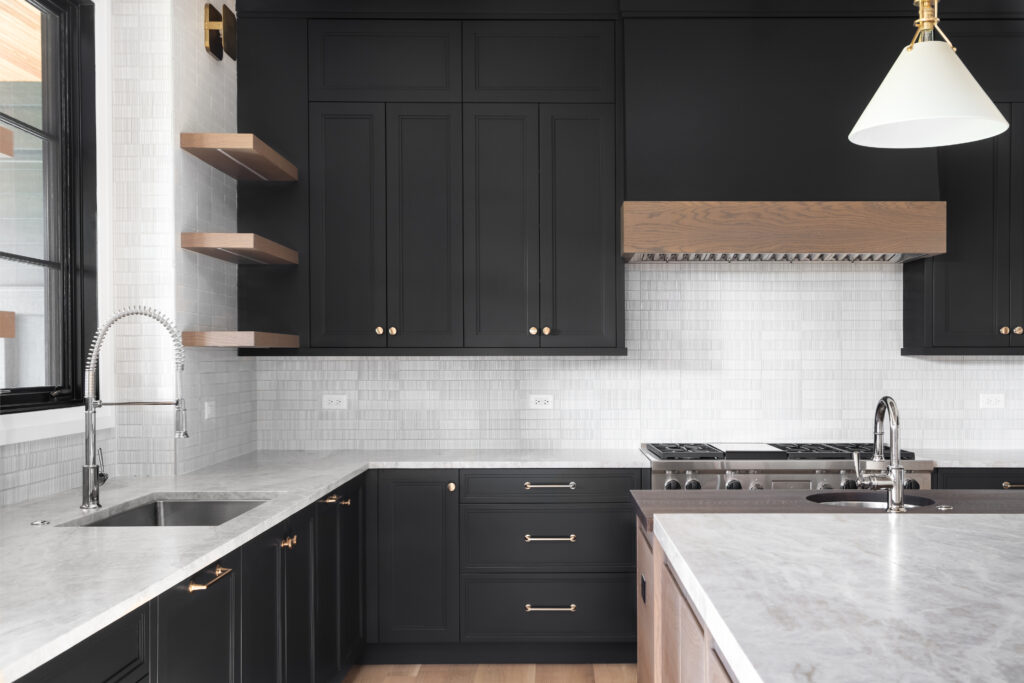When hiring a contractor, you want to feel confident that their work will last. But what happens if something goes wrong? A written warranty can make all the difference, protecting you from unexpected repairs and giving you peace of mind. Not all contractors offer warranties, and the details can vary, so it’s important to know what to look for. Let’s break down why a written warranty matters and how it can save you time, money, and stress in the long run.
What Is a Written Warranty?

A written warranty is a contractor’s promise (on paper) that their work will meet certain quality standards. It’s an agreement that protects homeowners by outlining what is covered, for how long, and what happens if something goes wrong. Unlike a verbal warranty, which relies on trust, a written warranty provides clear terms that both parties can reference if issues arise.
Most contractor warranties cover workmanship, ensuring that the job is done correctly, and materials, guaranteeing that the products used meet quality standards. The duration of a warranty can vary, from a few months to several years, depending on the contractor and the type of work. Having a written warranty means homeowners can feel confident that if defects or problems occur within the warranty period, they won’t be left with unexpected repair costs. It’s a sign of a contractor’s commitment to quality and a homeowner’s best safeguard against poor workmanship.
Why a Written Warranty Matters
Here are some of the biggest reasons why warranties matter:
- Legal Protection: A written warranty sets clear terms in case of disputes. If something goes wrong, you have documented proof of what the contractor promised, reducing the risk of miscommunication or unexpected issues.
- Peace of Mind: Knowing your contractor stands by their work provides confidence in your investment. A written warranty reassures you that if a problem arises, it will be handled without a hassle.
- Quality Assurance: A contractor who offers a strong warranty shows they believe in their craftsmanship. It’s a sign of professionalism and reliability, ensuring you receive high-quality work.
- Financial Security: Repairs and defects can be expensive. A warranty protects you from unexpected expenses by covering necessary fixes, so you’re not paying out of pocket for mistakes.
Before hiring a contractor, always ask about their warranty. It’s a sign of trust, accountability, and long-term commitment to quality work.
What to Look for in a Contractor’s Warranty
When reviewing a contractor’s warranty, start by checking how long it lasts. Some cover only a year, while others extend five, ten, or more years. A longer warranty can indicate a contractor’s confidence in their work.
Next, understand what’s included. Some warranties cover both materials and labor, while others may only cover workmanship, leaving homeowners responsible for material defects. Be sure to ask about exclusions, such as damage from weather or improper maintenance, so there are no surprises.
Finally, know the process for making a claim. Check for deadlines, required documentation, and who to contact if an issue arises. A good contractor will provide clear instructions to make the process smooth and stress-free. Understanding these details ensures you’re protected and gives you peace of mind that your investment is secure.

Red Flags When a Contractor Doesn’t Offer a Warranty
If a contractor doesn’t offer a written warranty, it could be a red flag for poor workmanship or unreliable service. A reputable contractor should stand behind their work, and refusing a warranty may indicate a lack of confidence in their materials or craftsmanship.
Without a warranty, homeowners risk paying out-of-pocket for future repairs, even if issues arise from faulty work. To avoid this, always research a contractor’s reputation. Check reviews, ask for references, and verify if they offer warranty-backed work. A trustworthy contractor will be transparent about their policies and ensure their clients feel protected.
Choose Lloyd’s Remodeling & Cabinetry for Reliable Contractors
Lloyd’s Remodeling & Cabinetry is renowned for exceptional quality in custom cabinets and countertops. As a full-service remodeling company, we stand by our craftsmanship, ensuring customer satisfaction. Our commitment to quality is evident in our professional approach and attention to detail. Contact us today to schedule your free in-home consultation and experience our dedication firsthand.








CONTACT US: 801.797.0345